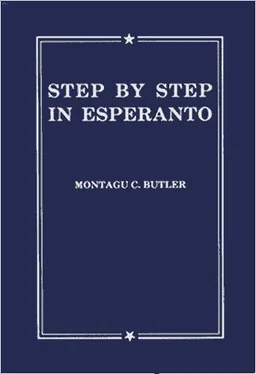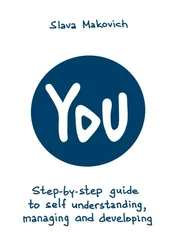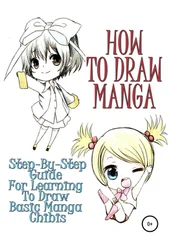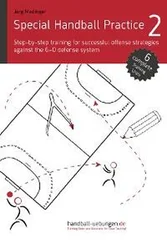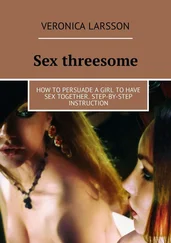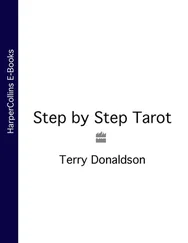102. MI NE SCIAS,I do not know (Pronounce mi nest-sias , with the “ t ” is sts clearly sounded, as in be st seat , or Don’t let the gue st see us ). Li scias, he knows (pr. list-sias , as in lea st seen ). (614)
BEDAŬRINDE, unfortunately, I am sorry to say that…
EBLE, perhaps, possibly, maybe, It may be that…
EFEKTIVE, as a matter of fact
KOMPRENEBLE, of course
SE, if (supposition)
VERE, really, truly
103. (a) IF meaning whether = ĉu; IF meaning supposing that = se. Tell me if he is alive or not , diru al mi, ĉu li vivas aŭ ne. If he agrees, the matter is in order , se li konsentas, la afero estas en ordo. Se la okulo ne vidas( see ), la koro ne deziras.
(b) Tell me if he really lives there, or not. Of course, if he is in Edinburgh he is not in Dublin. As a matter of fact, I don’t know if the child is a boy or a girl. Unfortunately, that is not enough for him.
104. SE JES, if so, if you do, if it is, etc., according to context. SE NE, if not, if you don’t, if it isn’t, etc.
105. Ĉu li estas tie? Eble (Eble jes), Perhaps he is. Eble ne, Perhaps he isn’t. Maybe not. Kompreneble jes, Of course he is. Kompreneble ne, Of course not. Nu, mi ne scias, ĉu jes aŭ ne. Well, I don’t know whether he is or not. Se jes, If he is … Se ne, If he is not … Ĉu vere? Really? Ne vere? Not really? Vere ne, He really isn’t. Efektive jes, As a matter of fact, he is. Bedaŭrinde ne, I am sorry to say (it is to be regretted) that he isn’t; Unfortunately not.
The «kio» Family ( Thing )
106. -O = O bject, thing (as a whOle). O is the noun-ending, and “a noun’s the name of any thing ”.
KIO, what thing, what
TIO, that thing, that
IO, something (or other)
ĈIO, everything, all
NENIO, nothing, naught
Accent the iin nenio.
107. These words consist of five beginnings, each followed by the ending ‑O(= thing ). There are eight other groups of the kind, each with the same beginnings, but a different ending.
108. BEGINNINGS: I-, some; KI-, which, what; TI-, that; ĈI-, each, every, all; NENI-, no.
I-stands for Indefinite; K-and T-= English wh- and th . K-stands for K westion [18]; ĈI-is each backwards! (Cp. French chacun, chaque .) NEN-is simply ne( =no ) with nadded to make it easier to say.
I-is like a sign-post pointing I ndefinitely, in some direction or other; K‑,a post pointing in various directions— W hich shall I follow? T‑,a post pointing in one definite direction — T hat one, as shown below:

The accent over Ĉis like a family umbrella, sheltering every one, each, all , beneath it; the letter Ĉitself is shaped like arms stretched out to embrace each and every one.
109. (a) Kio estasen la valizo? sur la tablo? Make similar sentences, replacing kio by tio, ĉio, io, nenio.
(b) Tio estas nenio. Ĉu tio estas ĉio? Estas io en la skatolo, ĉu ne? Ĉio atendas por vi. Nenio urĝas.
(c) Multo( much ) en kapo, sed nenio en poŝo. Kio servaspor ĉio, taŭgas( is fit ) por nenio.
The «kie» Family ( Place )
110. -E= in … place (Think of plac e,wh er e ).
KIE, in which place, where.
TIE, in that place, (over) there, yonder.
IE, in some place, somewhere (or other).
ĈIE, in every place, everywhere.
NENIE, in no place, nowhere.
N.B. — Accent the iin nenie.
111. (a) Bedaŭrinde, en Laplando ĉie kuŝas neĝo. Kie ŝi (estas), tie li (estas). Li vere estas ie en ia domo. Ili estas nenie en la ĉambro.
(b) It is nowhere. He is somewhere. They are everywhere. Who stands yonder? They live somewhere in Bristol. Apples grow everywhere in Kent, don’t they?
(c) What is that (over) there? Who is waiting there? Where is everything? I don’t know where that is. Of course, everything is there. As a matter of fact, (there) is nothing (something) there.
112. Esperanto J= English Y (Cp. Hallelujah! ). You have already met this letter in the words jes, sinjoro.
bojas, barks; ĝojo, joy; juvelo, jewel; kajero, copy-book; krajono, pencil; lernejo, school; objekto, thing, article; preĝejo, church; vojo, road, way .
113. LA MONATOJ DE LA JARO estas Januaro, Februaro, Marto, Aprilo, Majo, Junio, Julio, Aŭgusto, Septembro, Oktobro, Novembro,kaj Decembro(pr. Detsembro ).
114. (a) LEGU! Juvelo estas objekto. Ankaŭ krajono, plumo, papero, kaj inko estas objektoj. LaHimalajo jestas montoj. [19]La estro( “boss”, head ) de la lernejo estas S‑ro Johano Jakob. La nomo de S‑ino Jakob estas Jozefino. En la mano de F‑ino Julieto estas kajeroj kaj krajono. En la preĝejo parolas Pastro( clergyman, the Rev. ) Jeromo. En Junio vivo estas ĝojo. Ne boju!
(b) Sur la vojo de virtoestas vivo. La voĉo( voice ) estas voĉo de Jakob, sed la manoj estas manoj de Esav. Vortoj de Jesuo: “Mi estas la vojo, la vero, kaj la vivo”.
115. (a) Printempo (somero, aŭtuno, vintro)estas sezonode la jaro. Kio taŭgas por somero, ne taŭgas por vintro. Printempo semas( sows ), aŭtuno rikoltas( reaps the harvest ).
Читать дальше
